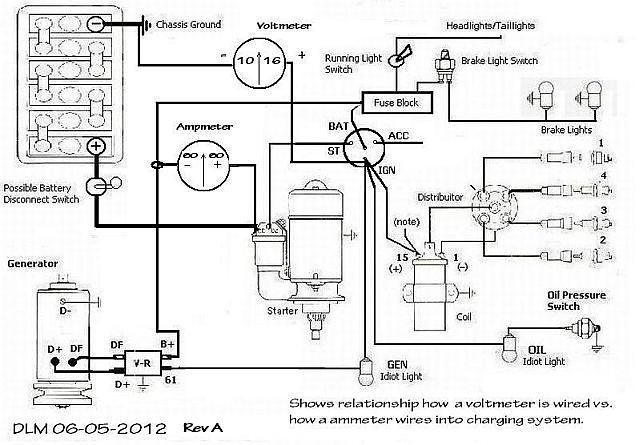Just got back from starting the tractor.
Side note.... as I understand, the stock alternator (in amp size) was no longer available.... so instead of having (let's say) a 90 amp (50?) alternator, I have a 110 amp alternator. Whatever the original size in output was, this new one is slightly more. AND all the lights except for the dash lights were replaced with LED's so the way I see it, I have more juice available from the alternator however, I have collectively, smaller demand.
(don't know if that matters to know or not)
Anyway, just went out, put both batteries in (two 12V long skinny type verses two 6v).
The lights, all of them, work totally as expected EVEN WITH THE KEY OFF. Turn light switch, and they come on.
During this non-running time, I was staring at the (again, brand new) ammeter and though the engine was OFF, it didn't budge at all. Didn't slide upwards, nor did it slide downwards. It was as though it was simply dead.
(side question..... all lights are now LED's, would they draw enough power like that to make it show??) I would deduce they must show since they show the change from "+1 to +3". Interesting.
Started the engine and AT IDLE, the ammeter just sat there, pegged at zero. Once I revved the engine a bit, THEN it perked up and went to (let's say) +1. When I turned the lights on, then it went to (let's say) +3.
Turning key off/back on had no effect on the meter, even while engine running.
However, after reading all this info (which is fantastic by the way), I'm now curious if maybe I don't in fact, have a wire hooked to point "B" instead of point "A"....
I don't think I've EVER witnessed the meter showing anything less than zero and typically, it's at the +1 mark because I don't do anything yet requiring any lights.

